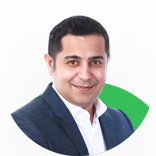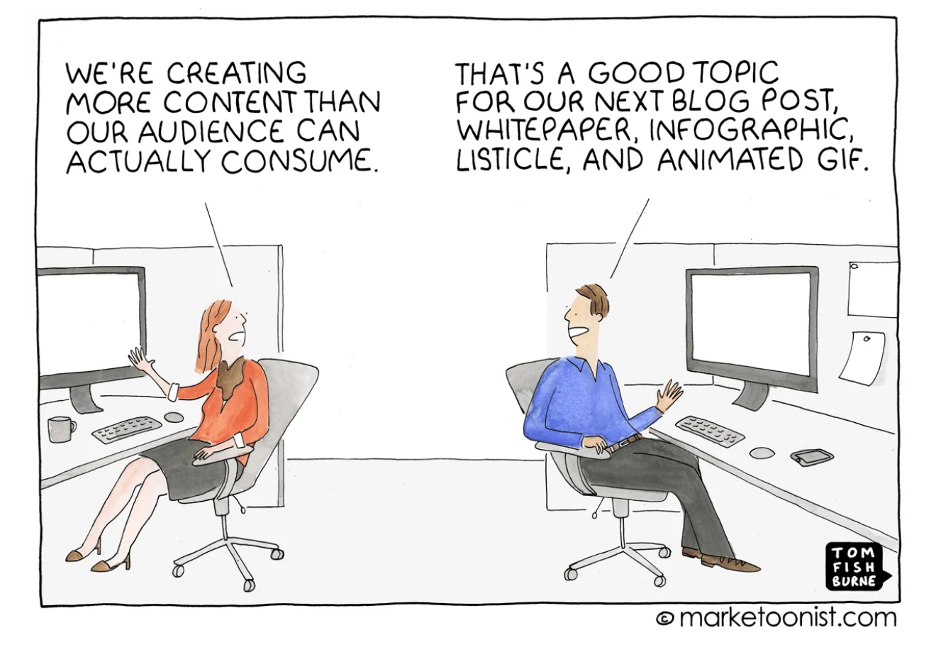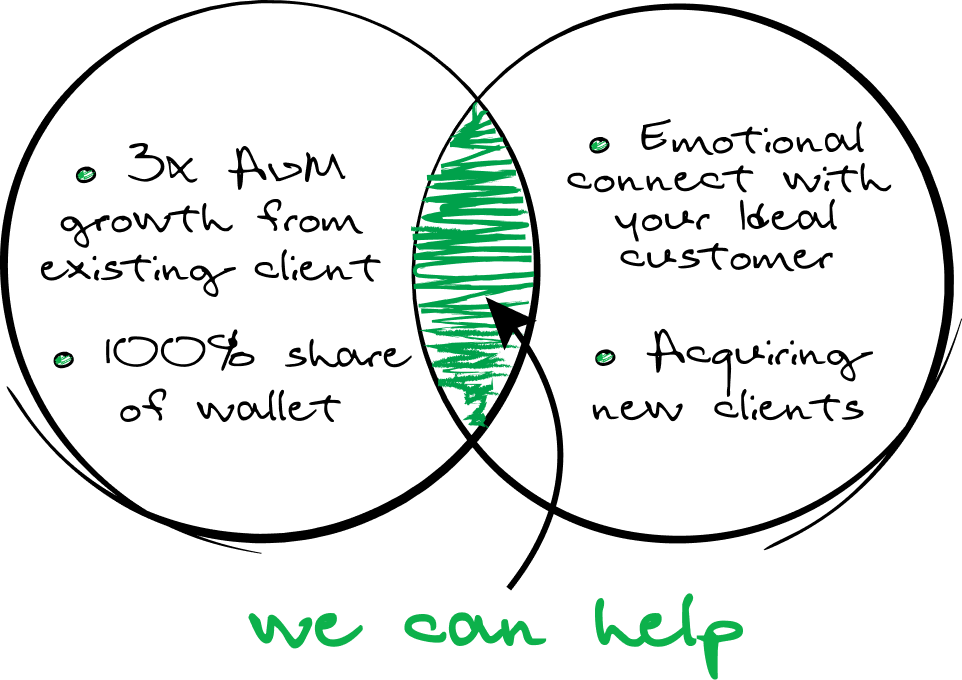Collecting Content or Creating Change?


Amar Pandit
A respected entrepreneur with 25+ years of Experience, Amar Pandit is the Founder of several companies that are making a Happy difference in the lives of people. He is currently the Founder of Happyness Factory, a world-class online investment & goal-based financial planning platform through which he aims to help every Indian family save and invest wisely. He is very passionate about spreading financial literacy and is the author of 4 bestselling books (+ 2 more to release in 2020), 8 Sketch Books, Board Game and 700 + columns.
October 7, 2025 | 7 Minute Read

We live in a time when content has become the currency of credibility. Every day there is a new blog, a new podcast, a new course, a new manual, a new expert sharing their “secrets.” The industry around you thrives on producing more content than you can ever consume. And then they tell you that consuming all of it is the key to success.
This is not value. This is distraction dressed up as learning.
Think about how many emails you get in a week with links to “must-read” articles. Think about how many webinars you are invited to. Think about the constant announcements of new certifications, shiny new designations, or even MBAs designed specifically for advisors. Each one promises transformation. Each one promises to make you capable.
But let us ask the harder question. If you are spending all your time reading and attending, when are you actually doing the work?
The work of an MFD is not about consuming information endlessly. It is about converting insight into action for your clients. It is about building systems, processes, and client experiences that last. It is about sitting with a family and helping them see a future they cannot yet imagine. No manual or designation can ever do that for you.
Only you can.
This is the trap that many fall into. The trap of equating more content with more progress. But information is not transformation. Reading about how to have better client conversations is not the same as having them. Listening to experts debate market cycles is not the same as guiding a nervous client through a downturn. Learning frameworks in a classroom is not the same as implementing them in a client review meeting.
The truth is, most of this content is created not for your progress but for someone else’s business model. Drowning you in whitepapers, newsletters, and weekly updates is a way to make you feel that you are getting value. But if value is defined by the number of PDFs in your inbox, you have already lost sight of what matters.
Let us use an analogy. Imagine a hospital where doctors spend most of their time attending conferences, reading new journals, and listening to lectures, but rarely perform surgeries or meet patients. Would you trust that hospital with your life? Of course not. Because you know that the real skill of a doctor is not in what they consume, but in what they practice. It is in their ability to diagnose, to make decisions under pressure, to care for the patient in front of them.
The same is true for you. Clients do not come to you because you have ten designations after your name. They come to you because you can make sense of their financial lives. They come to you because you can simplify complexity, cut through noise, and help them take decisions that give them peace of mind. They come to you because you help them align their money with what is most important to them.
If you confuse content for capability, you will miss the point. Real capability comes from doing. From implementing. From experimenting. From making mistakes and learning directly from them.
More than that, capability comes from depth, not breadth. One deep client conversation will teach you more than ten webinars. One financial plan you build and refine with care will teach you more than reading five whitepapers. One moment where you help a client stay disciplined in a volatile market will teach you more than any shiny new designation.
This is not to say content has no role. Of course, learning matters. Reading, listening, and engaging with ideas matters. But it matters only if it fuels practice. Only if it leads to better execution. Only if it translates into doing. Otherwise, it is nothing but distraction.
The best in every field understand this. World-class musicians do not spend all their time reading about music theory. They practice their instrument every day. World-class athletes do not just watch videos of other athletes. They train relentlessly. World-class surgeons do not only read journals. They operate, refine their skill, and learn in the operating room.
If you want to be world-class as an MFD, the formula is no different. Learn, yes. But more importantly, do. Build. Execute. Reflect. Improve.
The firms that will thrive in the years to come are not the ones who consume the most content. They are the ones who act on what matters. They are the ones who stop chasing every new piece of information and instead focus on consistent application. They are the ones who choose depth over distraction.
Remember, your clients are not measuring you by how much you know. They are measuring you by how much of what you know changes their life. They are not asking whether you have read the latest industry manual. They are asking whether you can help them make better decisions. They are not asking how many conferences you attended. They are asking whether you can help them feel secure about their child’s education, their retirement, their legacy.
Content is everywhere. Wisdom is rare. And wisdom comes not from consuming more, but from practicing more.
The next time you are tempted to sign up for yet another newsletter or course, ask yourself a simple question. Is this going to change how I serve my clients tomorrow? If the answer is no, close the tab and get back to work.
Because the real progress you are looking for will not come from the next blog post, whitepaper, or animated GIF. It will come from the courage to do, the discipline to act, and the persistence to improve.
More content is not value. More doing is.
Similar Post
Featured
Chasing the Next Big Thing
We live in a world obsessed with the next big thing. Everywhere you look, there is someone announcing the latest hack, shortcut, or trend. A new idea gets shared on social media, ....
Read More
30 September, 2025 | 5 Minute Read
Featured
Rising Above Impostor Syndrome
For a long time, I've wrestled with the idea of discussing Impostor Syndrome. There's always been that whisper of doubt: will it resonate, or will it fall on indifferent ears? Yet, ....
Read More
30 April, 2024 | 5 Minute Read
Featured
The $30,000 Baby Name
There’s a woman in San Francisco who charges $30,000 to name your baby. You read that right. Not to raise your baby. Not to educate your baby. To name your baby. She started at $ ....
Read More
4 November, 2025 | 6 Minute Read
Featured
The Stonemasons and the Janitor
While the headline might come across as odd, there is a common thread between the stonemason parable (of the Middle Ages) and the janitor incident at NASA. You will love the connec ....
Read More
19 September, 2023 | 5 Minute Read
Featured
The Trust Currency: Mastering the Art
A few weeks ago, I announced one of my challenging projects for the year – my 7th book, "The Philosophy of Money." While I am diligently working on it (it’s not an easy one...n ....
Read More
16 January, 2024 | 5 Minute Read
Featured
Rising Above Impostor Syndrome
For a long time, I've wrestled with the idea of discussing Impostor Syndrome. There's always been that whisper of doubt: will it resonate, or will it fall on indifferent ears? Yet, ....
Read More
30 April, 2024 | 5 Minute Read



- 0
- 4



0 Comments